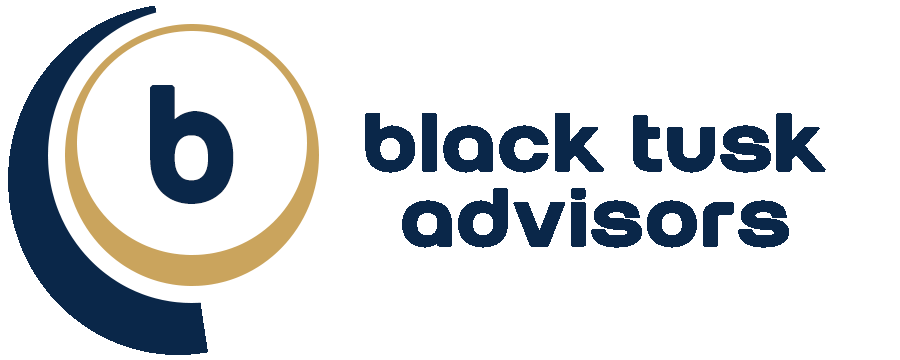Canada Revenue Agency (CRA) call centre wait times exceed 4 hours
- Black Tusk Pro

- Mar 30, 2020
- 3 min read
If you dialled the CRA Employment Insurance (EI) helpline today, you may have received a 'caller busy' tone or gone through the prompts only to be told that your call wouldn't be answered today due to heavy call volumes. This is the message we received when we attempted to call at 12pm PST, 4.5 hours before the helplines officially closed. Spoiler alert... our call wasn't answered.

It's no wonder, with more than $1.6 million Canadians applying for employment insurance in the last 9-10 days due to the COVID-19 pandemic. More than the total collective number of applicants that have applied for EI since Statscan.gc.ca begun tracking this statistic some 70 plus years ago. The system wasn't intended to handle this kind of volume, especially with reduced CRA support staff for social distancing. Canadians anticipate that two out of every three workers will either be laid off or have their wage impacted negatively because of COVID-19 (Angus Reid Institute).
Businesses are also feeling the pressure; forced closures on all non-essential services province wide, consumers being instructed to stay indoors, rent still due in the next week, and more.
The Canadian Government has rallied and provided workers and businesses alike with options, but there's still a lack of clarity as to how these will operate. As information becomes more readily available, it's possible to make sense of the best options for each case, but many individuals and businesses are still confused as to what they should be applying for, how they go about doing it and are they are eligible... hence the 4+ hour long wait times.

So here's a simple breakdown based on the information we currently have available to us. This information is constantly changing, we will update it as new information becomes available. However, you should refer directly to the CRA website for timely and updated information and try to avoid the extensive call centre wait times.
Workers: wage options
- Standard employment insurance: Pre-March 15th anyone approved is not eligible for CERB until their standard EI runs out.
- CERB: eligible if wage loss is 100% for 14 consecutive days, apply as of April 6.
- Work-share: Agreed upon percentage reduction of hours between you, your employer and colleagues performing the same job, Employer will pay you the hours you work while CRA applies EI rate of 55% to the rest up to a maximum.
- No change: Buy a lottery ticket... it's your lucky day!
Employers: wage options
- Wage subsidy (75%): Eligible if revenues have dropped 30%, max $847 per week per employee, more details to come.
- Work-share: Up to 76 weeks, agreed upon percentage reduction of hours between you and employees in a unit, minimum 2 employees per unit, you pay the hours the employee works while CRA applies EI rate of 55% to the rest up to a maximum, many rules to follow to stay within eligibility.
- Lay-offs: Submit ROEs for all employees laid off or who's hours have been reduced.
Small Businesses: cash flow options
- BCAP: Interest free loans up to $40,000, eligible if payroll for 2019 was between $50,000 and $1 million, available from April 17.
- Income tax payments deferred: GST/HST due August 31 2020.
- Sales Tax Remittance & Duty Tax Payments: GST/HST due June 30 2020.
So if you are still unsure as to the best course of action, consider speaking with an advisor who is working with many other businesses just like yours rather than calling the CRA helpline. The CRA often won't advise you on the best option for your business, rather will provide you with the facts that you can find on their site.
We are all navigating these unchartered waters together, so why not leave the extensive calls to the experts. That way you can focus on more important things like increasing revenue, reducing expenses and ultimately keeping your business going.


Comments